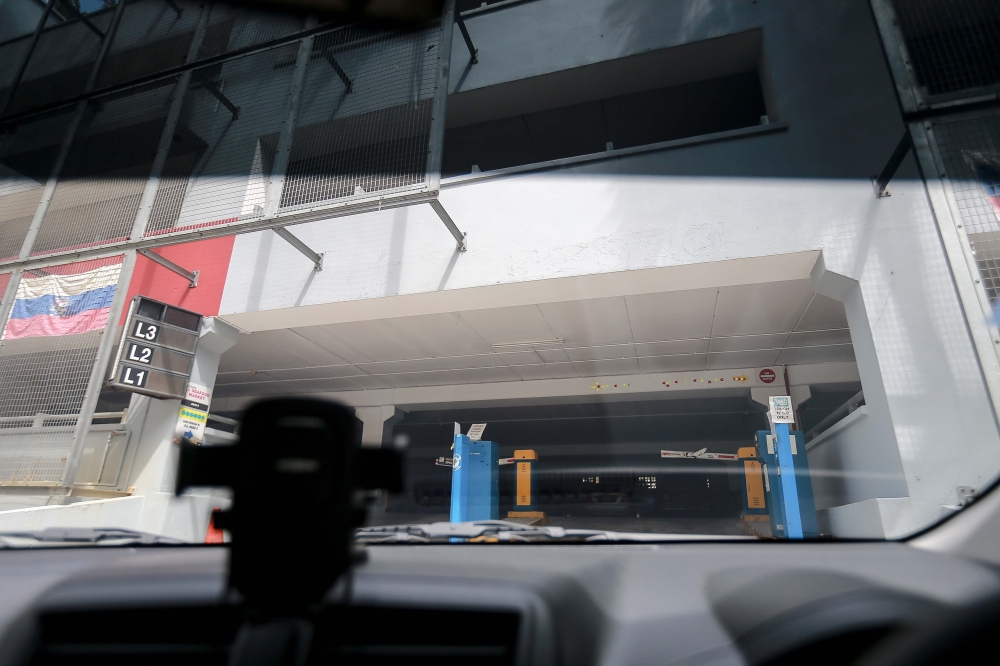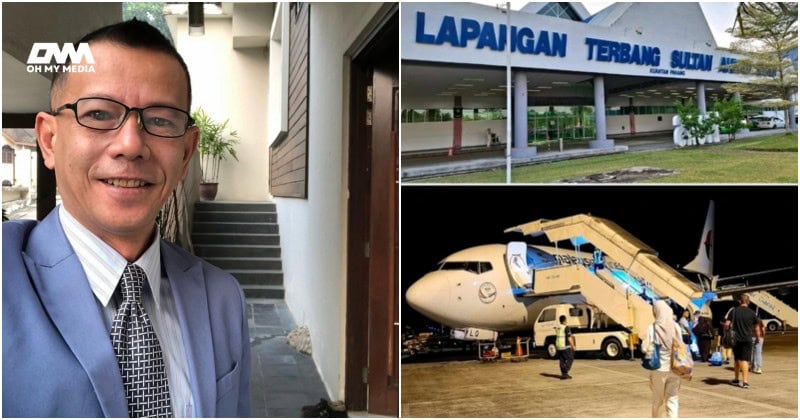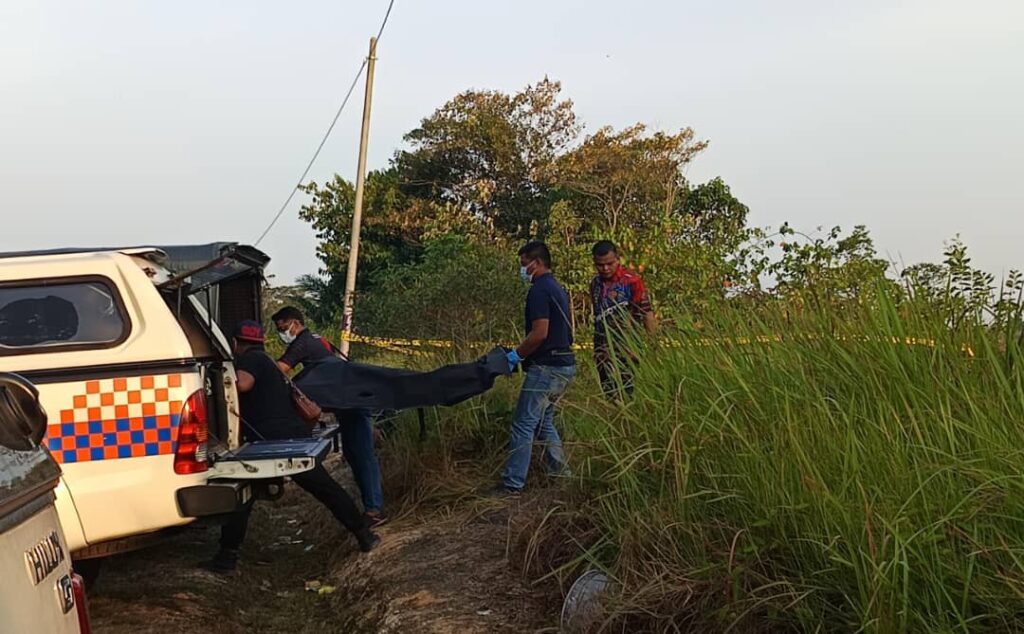JULY 28 — I went to a shopping mall yesterday and realised something strange about myself. I’ve started picking where to park based on whether I have to ‘angkat ketiak’ to tap my card at the boom gate. If I can just drive in and out without winding down the window or reaching for anything, that place gets an automatic five-star experience in my book.
It sounds petty but it’s real. The smallest frictions, like rolling down windows in the rain, mis-taps, or low card balances, shape how we move. That’s why number plate scanning tech, officially known as automatic number plate recognition (ANPR), the kind that lets you glide through without touching anything, has quietly become one of the most useful things we’ve adopted.
You’ll find it in more places now. Some malls use it. So do gated communities. PLUS is running pilot lanes with it on selected highways. But none of them talk to each other. The rollout isn’t uniform but it’s already changing how people experience everyday movement.
Before all this, we were always tapping. Always queueing. Always wondering if the sensor would work, or whether we had enough credit loaded. I once had to email a car park operator to prove I’d actually exited, because the gate didn’t record it. That’s the kind of mess this technology solves in seconds. Sure, we have RFID, and yes, it links to an app and gets the job done, but it still needs a third thing: the tag and the e-wallet. ANPR doesn’t. Your plate is the ID. The system sees it, matches it to your account, and charges you directly. It also has better detection rates.
Now, I can drive in and out without thinking twice. The charges appear in the app. Receipts are there if I need them. The process fades into the background, which is exactly where it should be. Clean, fast, forgettable.

I’ve started picking where to park based on whether I have to ‘angkat ketiak’ to tap my card at the boom gate. — Picture by Sayuti Zainudin
But for it to work at scale, we need more than just scattered upgrades. We need a proper system that links everything together, one that gives users a single view of their movements, payments, and any issues that come up. Right now, every mall, toll road, and operator is doing their own thing.
As a technologist and, most importantly, a regular Malaysian who loves to drive, I find it hard to ignore how disjointed this still is. We’ve adopted the hardware, but not the logic of an ecosystem. The potential for smarter integration is sitting right there, not just smoother tolling, but safer roads, easier tracking, and real-time billing.
Other countries have figured this out. Like in the UK, there’s a national database that supports everything from traffic enforcement to congestion charges. In Singapore, you don’t need physical tags or cards, the gantries pick up your plate, calculate the charge based on road conditions, and send you the bill. Parking is seamless. Disputes can be filed in-app. It all works because the systems are designed to speak to each other.
We don’t need to copy those models exactly but we should be asking the same questions. Why isn’t there a single place to view our logs? Why can’t we contest a wrong charge instantly, and perhaps, in a centralised system? Why are we still managing five separate platforms for things that involve the same car and the same road?
This tech could do more than open gates, it could help track stolen vehicles, monitor congestion, prevent overstays at EV chargers, or simplify entry into restricted areas. But none of that matters if the ecosystem is fragmented and the user is locked out of their own data.
We’re already being scanned, that part is done. The next step is giving people access, to their movement history, to billing clarity, to some level of control. Without that, it risks becoming just another black box that works until it doesn’t.
Until then, I’ll keep judging malls by how often they make me ‘angkat ketiak’.
* This is the personal opinion of the writer or publication and does not necessarily represent the views of Malay Mail.






